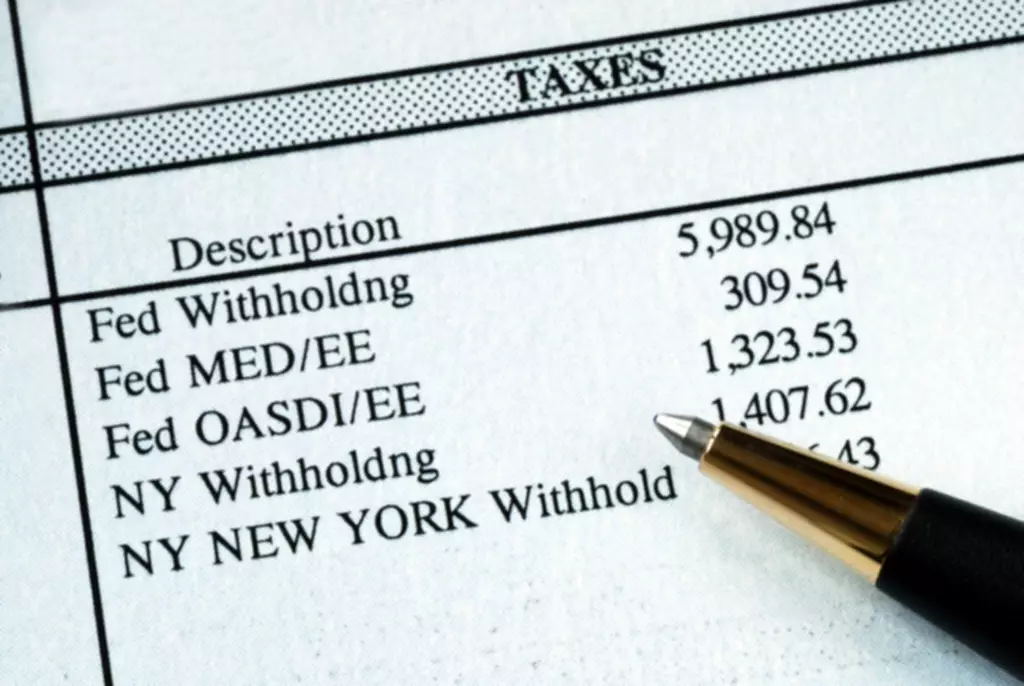
Content

Suppose Jargriti Pvt Ltd wants to calculate the Retained earnings for this financial year end. Below is the available information from the Balance sheet and income statement of Jagriti Pvt.
Given the formula stated earlier, the relationship between the two should be rather intuitive – i.e. a company that issues dividends routinely is going to have lower retention, all else being equal. Next, another important consideration is the dividend policy of the company. Comparing the retained earnings of two companies that are in different sectors or are different ages. Old companies will have had more opportunities to increase retained earnings. Honestly, there are a lot of nuts and bolts when it comes to running a business. And if you’re focused on leadership and development, it’s super easy to forget about all the other nitty gritty details. Let EntreLeadershipElite help you take the guesswork out of your business.
We asked our readers and attendees at EntreLeadership events for their top money queries and shared them with our EntreLeadership coaches. Now, you can do a few different things with your retained earnings from your business. You can keep on hiring, amp up production, dive into a new product line, or—last but not least—use them to pay off your business debt.
when you hear about 'weak balance sheets' it means the company is highly levered. (eg assets/equity > 40. so… 200 assets… 5 equity…if those assets drop 2.5% in value…
So to begin calculating your current retained earnings, you need to know what they were at the beginning of the time period you’re calculating . You can find the beginning retained earnings on your Balance Sheet for the prior period.
That’s distinct from retained earnings, which are calculated to-date. Want to analyze how successfully a company applied its retained earnings over time? If so, you’ll use an analysis method known as Retained Earnings To Market Value. Here we’ll go over how to make sure you’re calculating retained earnings properly, and show you some examples of retained earnings in action. Financial statements are written records that convey the business activities and the financial performance of a company. For example, during the period from September 2016 through September 2020, Apple Inc.’s stock price rose from around $28 to around $112 per share.
The income money can be distributed among the business owners in the form of dividends. Retained earnings are the amount of net income left over for the business after it has paid out dividends to its shareholders. And it’s also likely the company probably could not afford to issue dividends to shareholders in the first place, even if it wanted to compensate shareholders. In effect, the equation calculates the cumulative earnings of the company post-adjustments for the distribution of any dividends to retained earnings shareholders. The discretionary decision by management to not distribute payments to shareholders can signal the need for capital reinvestment to sustain existing growth or to fund expansion plans on the horizon. Understanding how much in the way of retained earnings have been accumulated will let firms and investors know the potential for paying out dividends. Subtract beginning retained earnings from ending retained earnings to calculate the dollar increase in retained earnings during the period.
Your bookkeeping team imports bank statements, categorizes transactions, and prepares financial statements every month. A dividend is a distribution of earnings, often quarterly, by a company to its shareholders in the form of cash or stock reinvestment. For an analyst, the absolute figure of retained earnings during a particular quarter or year may not provide any meaningful insight.
The figure is calculated at the end of each accounting period (monthly/quarterly/annually). As the formula suggests, retained earnings are dependent on the corresponding figure of the previous term. The resultant number may be either positive or negative, depending upon the net income or loss generated by the company over time. Alternatively, the company paying large dividends that exceed the other figures can also lead to the retained earnings going negative. At the end of every accounting period , you’ll carry over some information on your income statement to your balance sheet.
The retained earnings formula is also known as the retained earnings equation and the retained earnings calculation. Retained earnings refers to business earnings that are kept, not disbursed. More specifically, retained earnings are the profits generated by a business that are not distributed to shareholders. Knowing your business’ retained earnings is important because it’s a snapshot of the business’ overall health.
In this case, you’ll reduce the price per share to half because the number of shares basically doubled. At the same time, the per-share market price will automatically adjust to accommodate the new number of shares. This figure tells you if your business has surplus income, or if you’re operating at a loss. This helps for planning https://www.bookstime.com/ the future of the business, reinvesting – hiring talent, buying inventory, upgrading tech, etc. Reinvesting this surplus back into the company is an ideal way to move it forward. Normally, company management will make the decision on whether to retain all of the earnings or distribute them back among the shareholders.
A negative retained earnings balance implies that your company has incurred consistent losses—from the previous year or earlier. Retained earnings represent a useful link between the income statement and the balance sheet, as they are recorded under shareholders’ equity, which connects the two statements. This reinvestment into the company aims to achieve even more earnings in the future. By holding onto retained earnings, companies are depriving shareholders of cash dividends paid from those funds.

Alternatively, a large distribution of dividends that exceed the retained earnings balance can cause it to go negative. To move from the beginning RE to the final RE, you’ll perform two steps. First, you’ll add or subtract the profits or losses that your company made that year .
This can help a business see whether its operations are profitable or not. From there, business owners can use the number to gauge their financial health and determine whether they need to make adjustments to improve their overall net income.